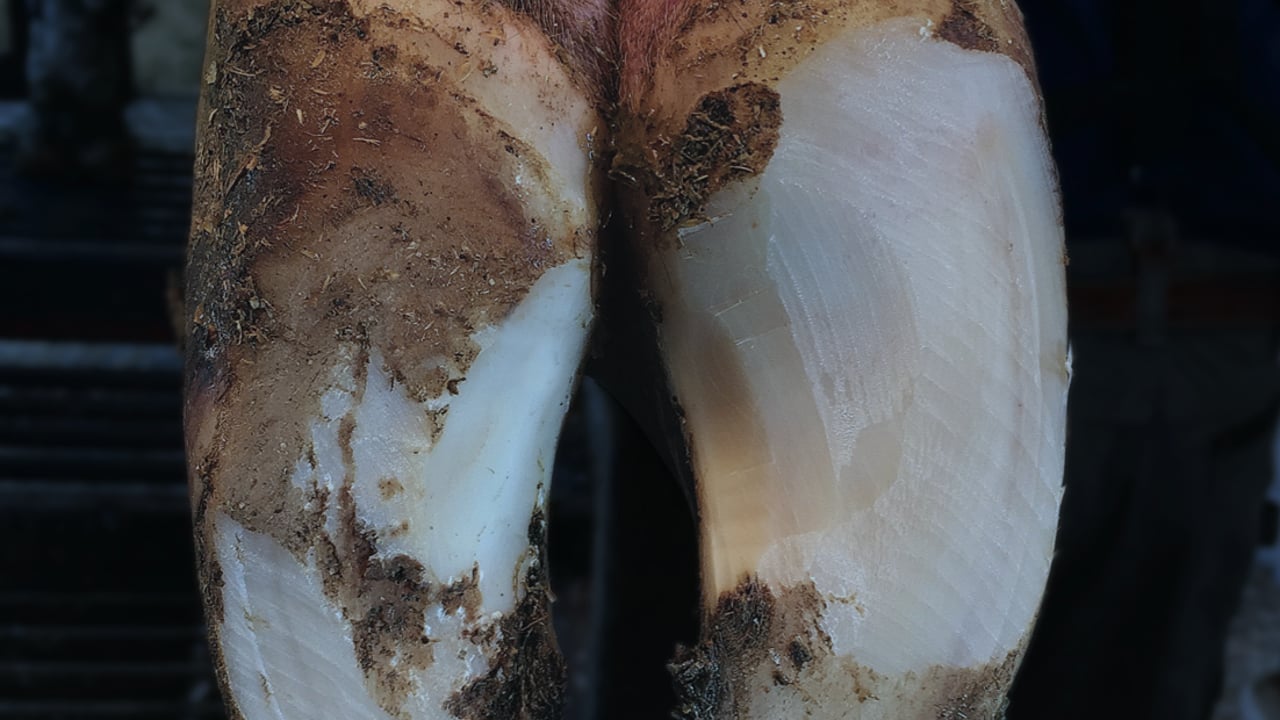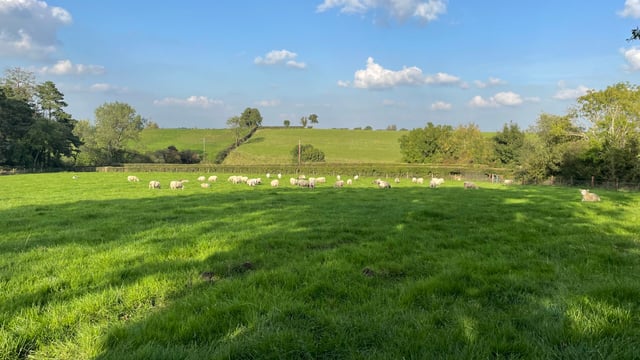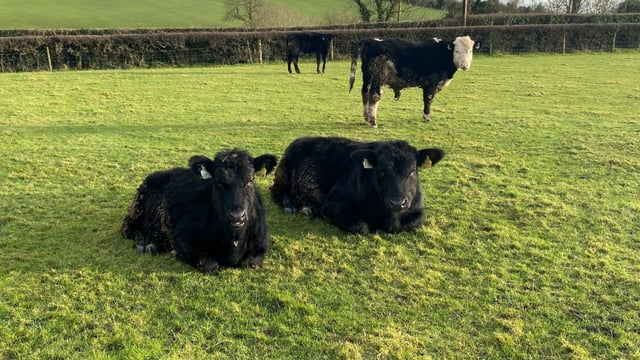Developing a lameness control plan for your herd
Lameness is an issue that occurs on all dairy farms, but some herds are more impacted by the issues than others, for various reasons.
Speaking at Irish Grassland Association (IGA) dairy conference in Charleville, Co. Cork, Ger Cusack, a vet from Comeragh veterinary, Kilmacthomas, Co. Waterford offered some advice to farms on how to control lameness within their herds.
Ahead of the calving season, Cusack advised farmers to develop a lameness control plan for their herds.
He outlined some of the key areas that this plan would cover:
- Prompt treatment of cows that become lame;
- Routine preventative trimming of higher risk cows (cows with history of lameness, cows with overgrown feet, older cows and mildly lame cows);
- Regular foot bathing (if mortellaro present in herd);
- Record all cases of lameness in herd;
- Identifiy the types of foot lesions causing lameness with help of vet or hoof trimmer;
- Cull cows that are chronically lame;
- Assess roadways, yards, cubicles and feed barrier space and make necessary improvements to walking surfaces, and any impediment to good cow flow;
- Ensure adequate number of comfortable cubicles;
- Allow cows move at their own pace and avoid pressurised movement;
- Introduce first calves to main herd in advance of calving;
- Introduce concentrate feeding gradually post calving;
- Familiarise yourself with mobility scoring and use it to identify mildly lame cows.
Cusack said if mortellaro is present on your farm, it is something that you need to give serious consideration to.
"Recent studies have shown that if you have mortellaro on your farm, you are stuck with it - you are not going to eliminate it, and you are not going to eradicate it.
"You can cull the affected cows if you like, but it will persist, because this bug lives on the skin of the hoof and can burrow into the hair follicles and stay there.
"If you don't have mortellaro, operate a closed herd policy - meaning do not buy in any animals," he said.
Cusack also advised farmers to focus on getting the roadway and concrete surface to as good of a level as they possibly can be on farms.
"Move your cows gently, don't rush them, don't give them a hard time, don't try and move them on.
"A back latch, and having cows exit the parlour and head out to grass are two things that can be helpful," he added.
He also commented on feed space, saying that a lot of cubicle sheds have a serious design flaw in them, with more cubicles than feed space.
He said: "We all need to get back to basics, one of the basic things is that cows are herd animals. Cows like to do everything together, and if you want to mess with a cows head or a bunch of cows heads, you put one batch doing something, and another batch doing some else.
Cusack advised farmers on the day to "Go home and look at infrastructure and how you manage your cows, manage them in such a way that they are moved gently."





